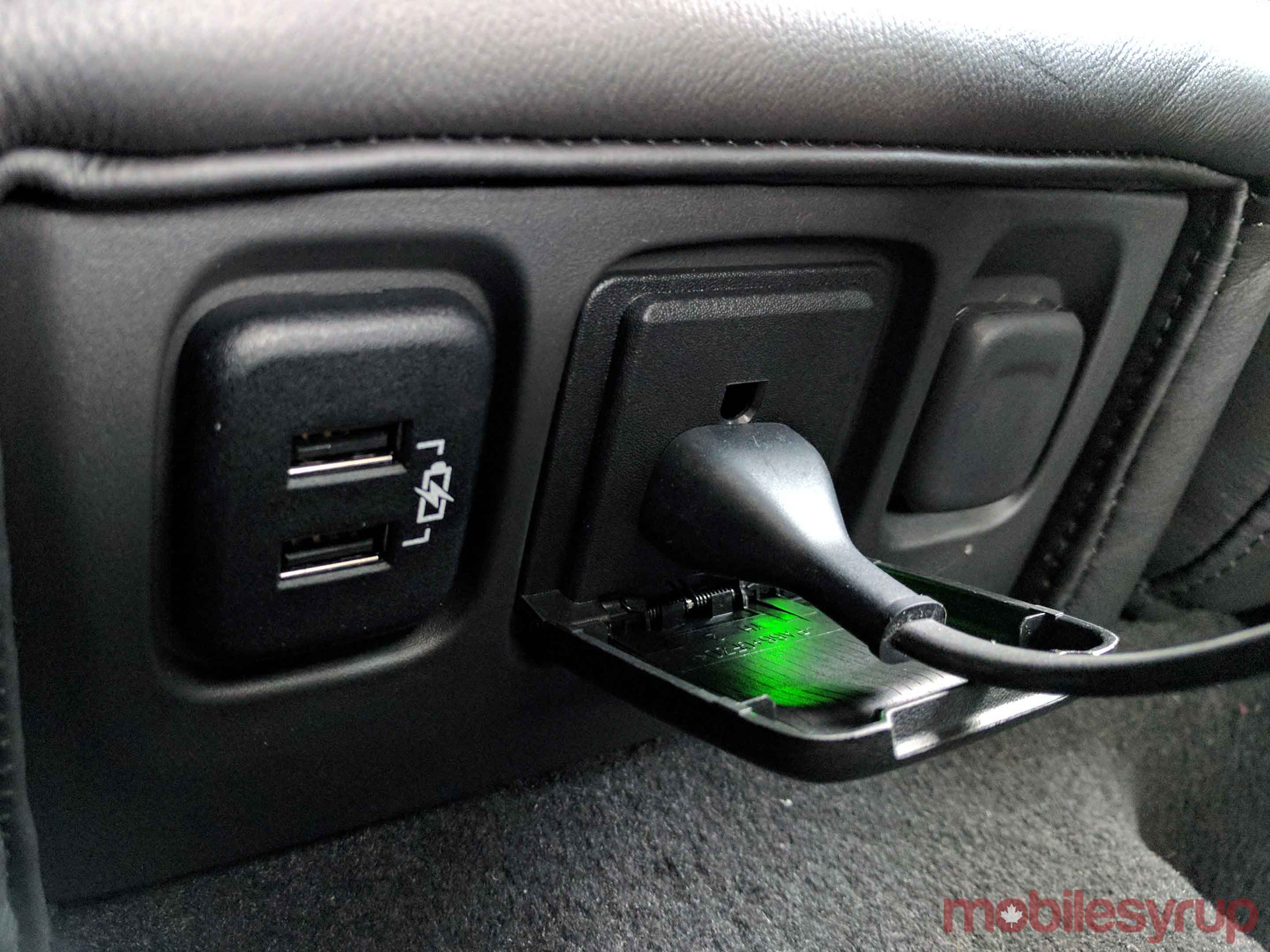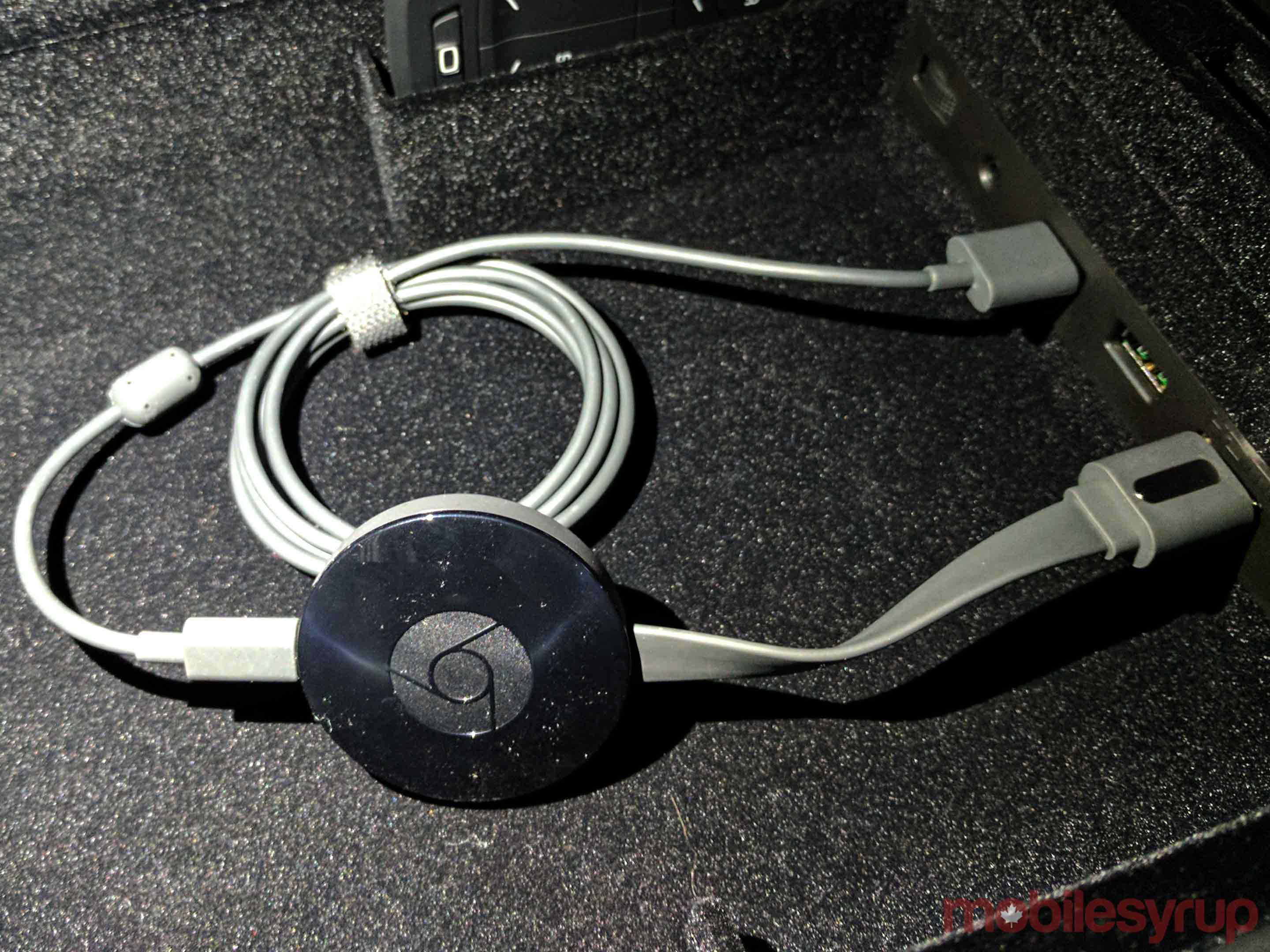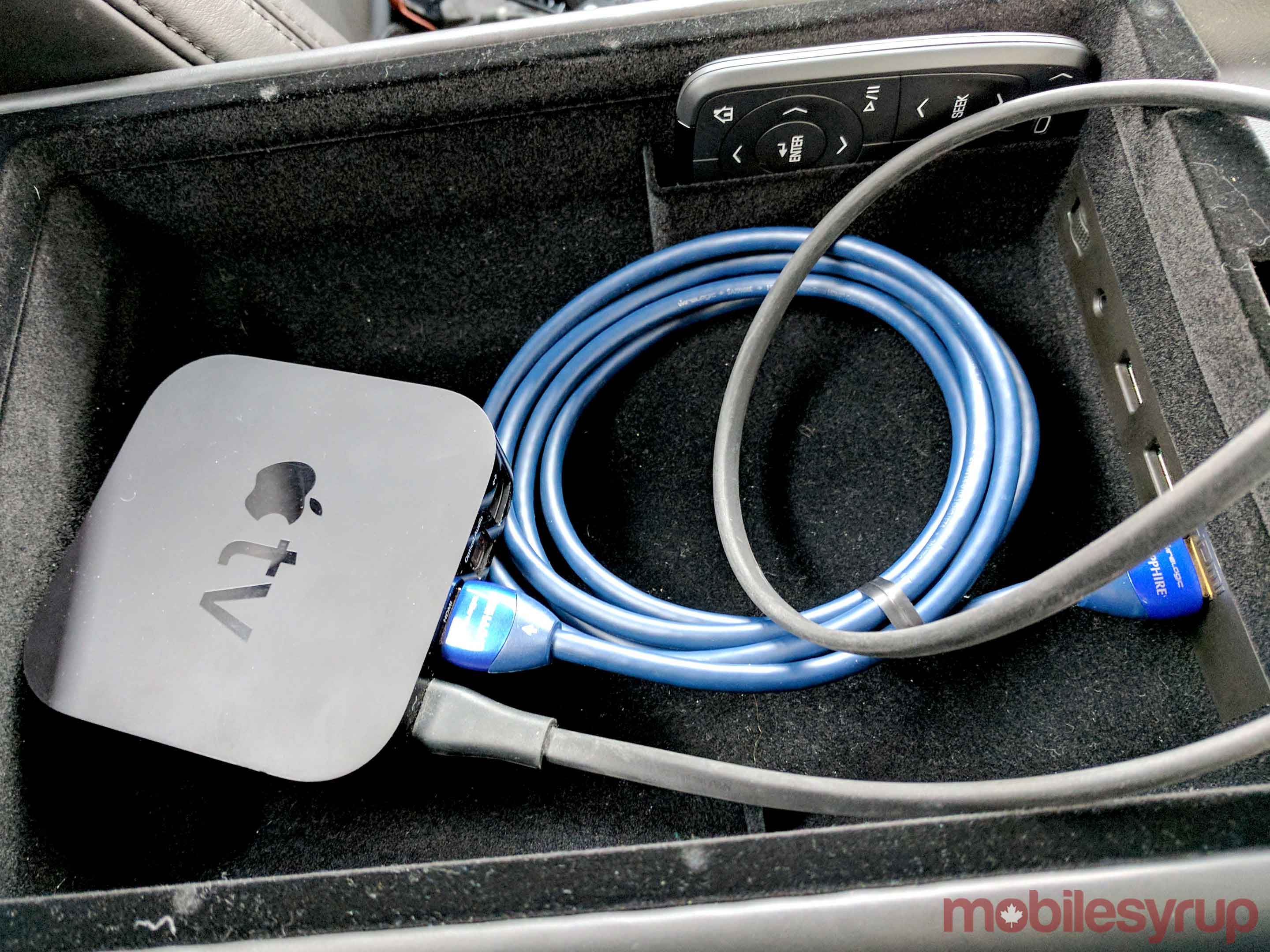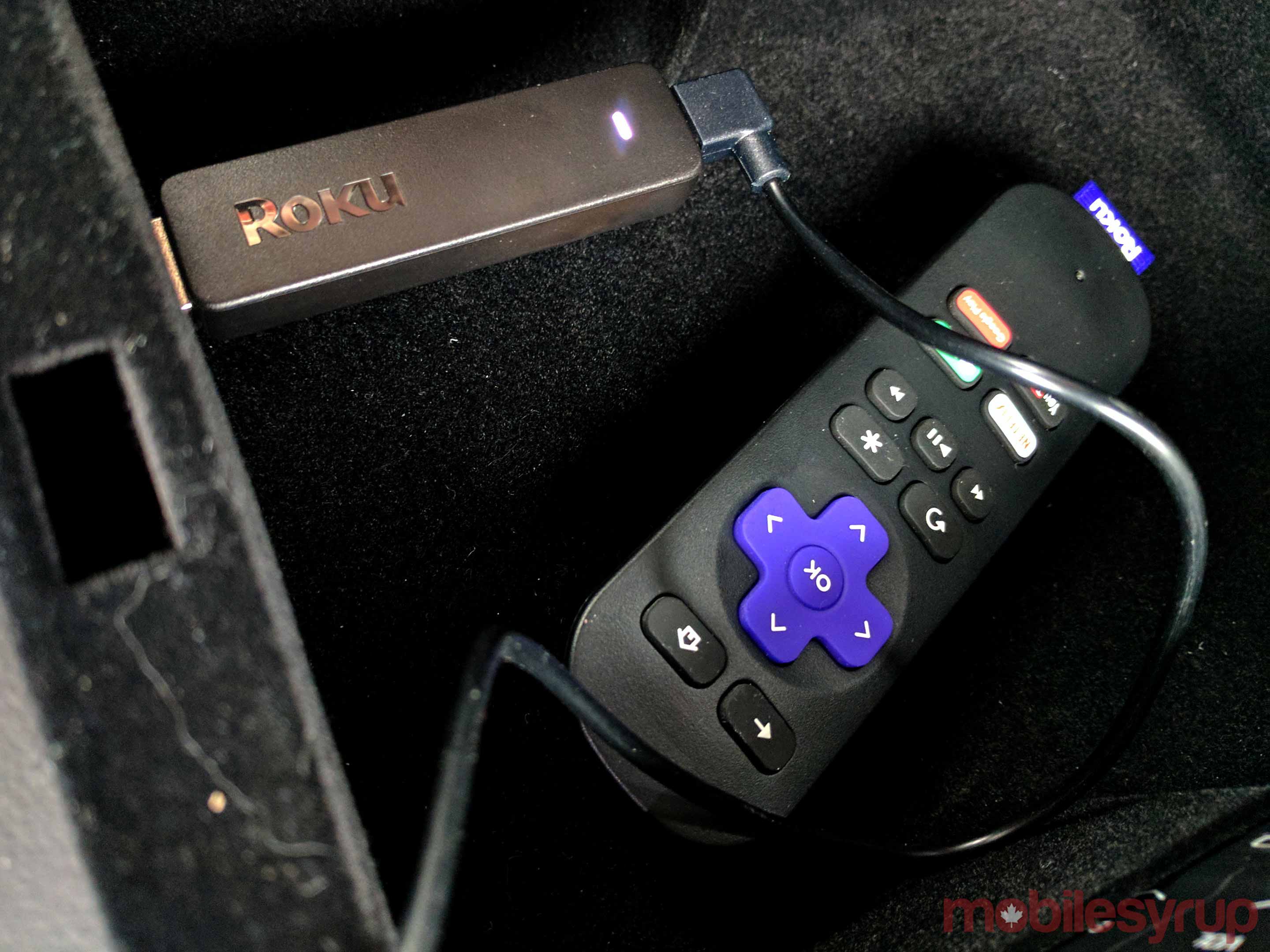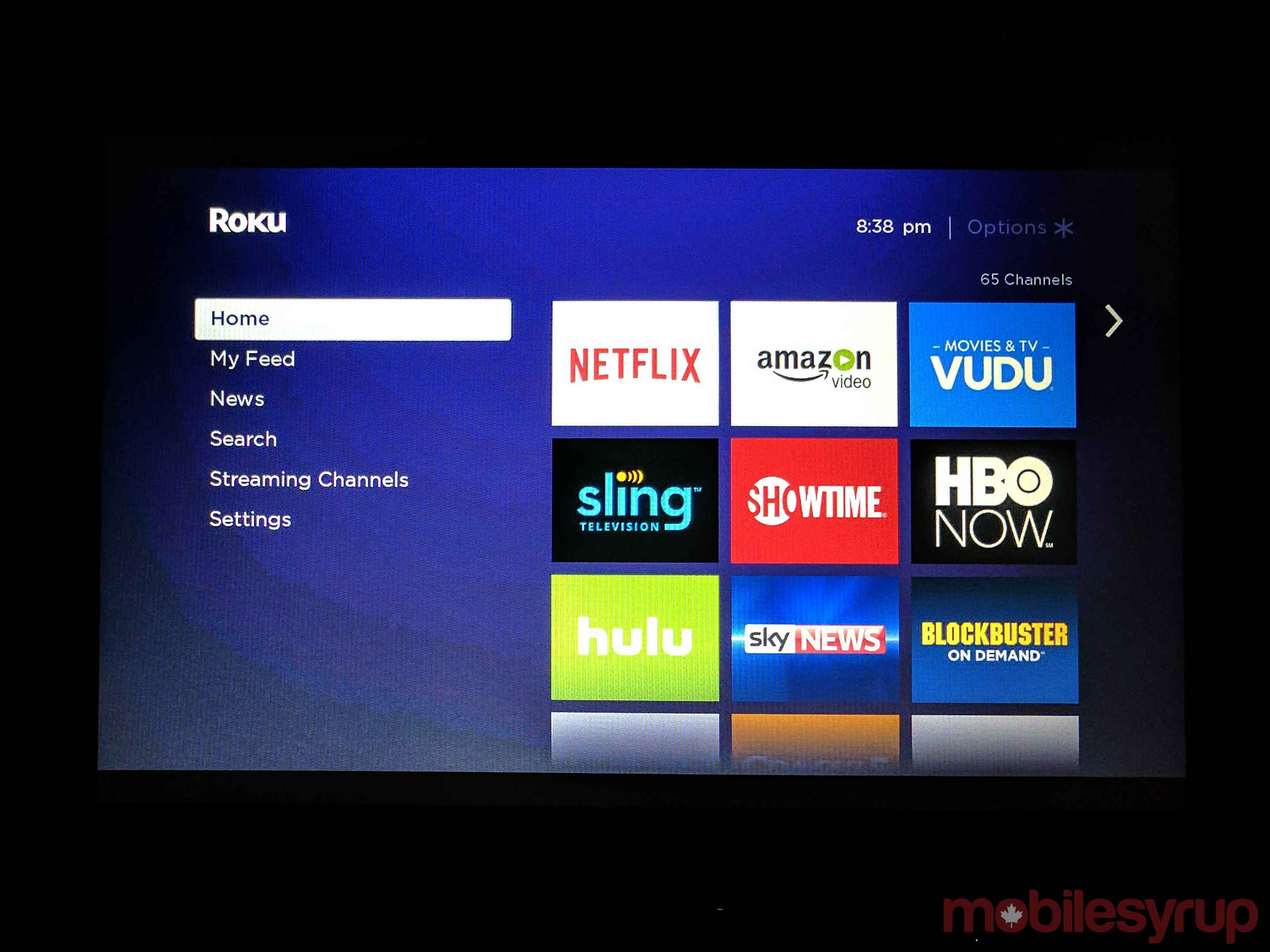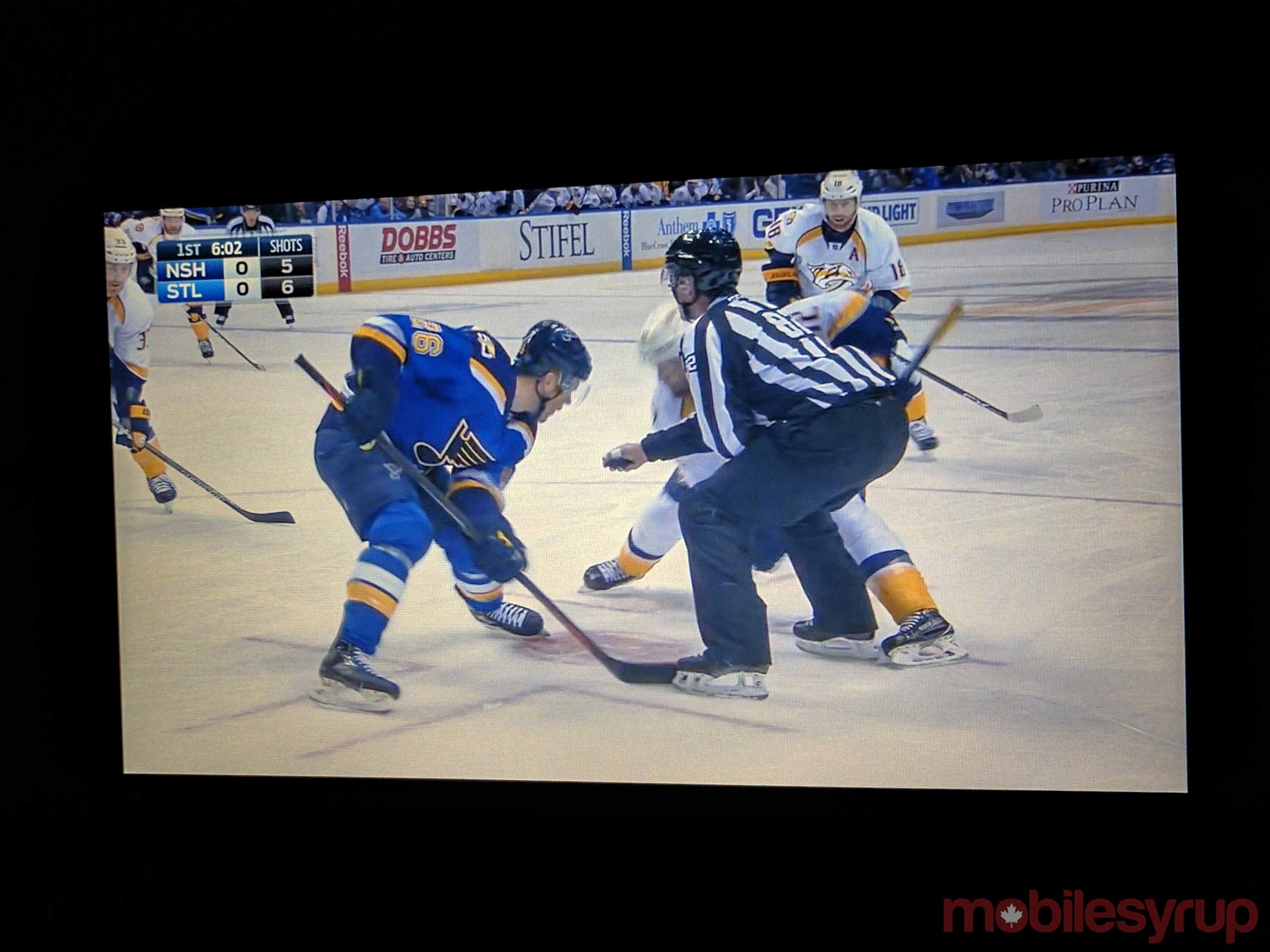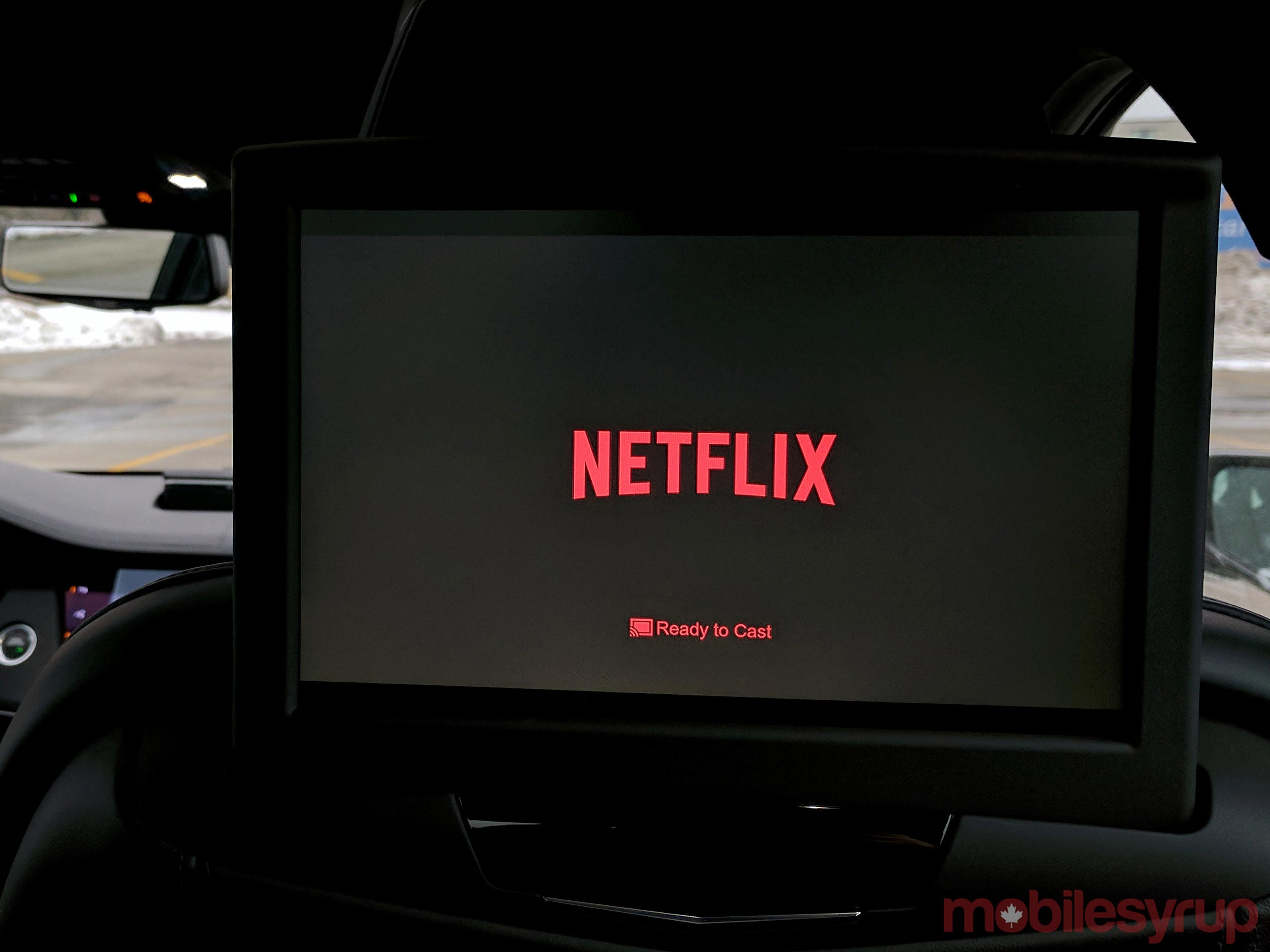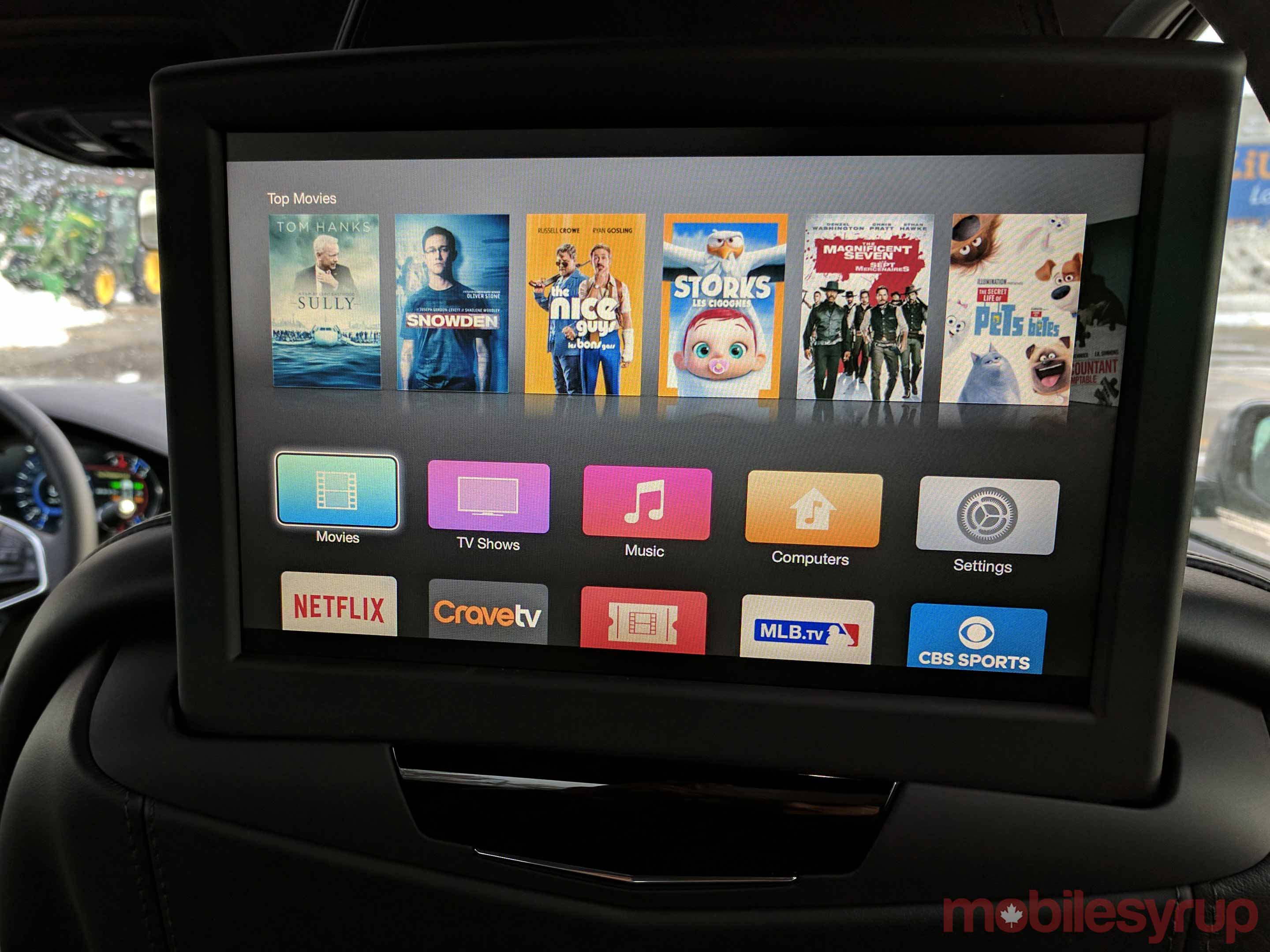
The concept of putting devices made for home theatre setups into vehicles isn’t new, except now it’s plug-and-play, and in the near future, it’s almost certainly going to be built-in.
Car audio installers have long been mechanically-inclined to make things work inside the confines of a car, be it a VCR back in the day, or a game console in the backseat today. Up until the early 2000s, automakers skimped on as much as they could with the dash and car stereo, but in today’s highly connected world, being seamlessly connected matters more than how loud the system goes.
In trying to bolster its image and relevance with a younger demographic, Cadillac is pushing technology as one of the pillars. This includes Chromecast integration via the HDMI port in the back centre console. With an in-car LTE connection and Wi-Fi hotspot, plus an impressive list of ports and connections, the CT6 Sedan offers a window into where in-car infotainment is heading.
Streaming devices
The recipe seems simple, and yet, it’s uncommon in most vehicles today. In-car LTE, an HDMI port, a couple of USB ports, a 120V converted power outlet and two 10-inch 720p rear seat screens. The CT6 Sedan has these things, opening up a number of possibilities in how devices can connect inside the cabin.
The Chromecast was used as a prop at a showcase for this vehicle, demonstrating how Netflix in the car can feel integrated rather than tacked on — the difference being that a tablet isn’t necessary to watch something when the rear screen can do the same thing.
The demo went smoothly, and in my own test drive with the CT6, I experienced it all for myself, as did a few friends who were happy to act as testers whilst sitting comfortably in the back being driven around by yours truly. Setting up the Chromecast (I opted for version 2, not the Ultra) was as easy as it was at home in front of a TV. From a Pixel XL connected to the car’s own Wi-Fi hotspot, I connected the streaming device to the same hotspot through the Google Home app, and that was it.
From there, anything I casted over played on the rear screens with the car’s excellent Bose Panaray audio system in Surround Mode audibly filling the cabin. Netflix’s vast catalogue was readily available to stream. Live NHL games or highlights through GameCentre. Anything and everything from YouTube a simple tap away.
For the most part, the process was pretty seamless, except content was at the mercy of inconsistencies in the connection. The LTE Cadillac has is provided by AT&T, which has an arrangement with the major Canadian carriers to ensure the best connection regardless of location. This quid pro quo works better now than it did when first introduced in 2014, but video needs bandwidth, and a stuttered connection leads to lag or pausing. It wasn’t a common issue in the Greater Toronto Area where I drove, but I imagine it would be venturing out into rural areas.
The one major flaw in counteracting that is downloadable Netflix content won’t play. I tried it and the rear screen was all black. Sometimes sound broke through but it didn’t matter with a blank slate staring back at me. Netflix embedded this limitation for the Chromecast and Apple’s AirPlay to its downloading feature, making content unplayable on anything other than the device it was stored on. Had it not been the case, the level of content consumption in the car would soar, if only because bandwidth wouldn’t be a factor.
Roku and Apple TV
Why stop at the Chromecast when similar streaming devices can probably work the same way? With that in mind, I set up a Roku Streaming Stick and Apple TV (3rd-gen) on different occasions. The Streaming Stick could be powered through a USB port on a TV instead of a power outlet, but that wasn’t the case here. Without that extra juice, the screen would flicker and go dark often, making it unusable. Unfortunately, the outlet didn’t help matters much, either.
The Roku Express, almost as diminutive as the Stick, was next up. Here, too, the setup was essentially the same. Simple plugs, logging in to connect to the in-car hotspot, and that was it. Within minutes, the main interface appeared. It was almost surreal that a TV-focused product could work in a car. With the Roku remote in hand, I navigated and played whatever I wanted. Had I used one of the Roku set top boxes, the USB port in the back could have played back content stored on a USB stick or hard drive.
The problem was that the Express also had its share of hiccups. A video would stream fine, and then five minutes later, it would stop and go back to the home screen. For a device that is pretty universal on the TV side, I wasn’t able to figure out why it choked in the car. Adjusting the Roku’s settings to 720p resolution didn’t do much to alleviate the situation.
The Apple TV offered steadier performance. The setup wasn’t difficult, though I chose to initially set it up at home in case there were updates to download over my much more plentiful home bandwidth.
The plug-and-play methodology applied just the same in the CT6 Sedan. Once logged into the in-car hotspot, I was navigating through the menu and streaming YouTube videos with ease. Anything I wanted to AirPlay through the device worked just as well, be it an NHL game on GameCentre or just an iPad screen mirrored over. Technically, content accessible through your Plex Media Server could also be viewed this way, especially through the Plex app, which also works on the Roku and via Chromecast.
Data anxiety
As interesting and appealing as all this is, the data requirements throw up a bit of a roadblock on the proceedings. Data is offered on top of OnStar, though a paid subscription isn’t required to get bandwidth in the car. A Basic Plan through OnStar is good enough.
Considering the costs, being an early adopter for this sort of in-car streaming incurs a hefty cost. Monthly plans are $15 for 1GB, $35 for 4GB and $70 for 10GB. “Data Pass Pricing” is a one-time price for a bucket of data. The options, however, are a huge difference — either $5.00 for 250MB over 24 hours or $200 for 20GB good for 12 months.
Those data allotments are measly in relation to the video services noted here. Netflix uses about 5Mbps for HD streams, amounting to 1.5GB to 3GB for a one-hour episode. There is a way to adjust bandwidth settings through your Netflix account to limit that, but even at 480p standard-definition, 700MB could be gone with that same one-hour episode.
However the numbers may vary with other apps and services, the paradigm doesn’t change. Streaming video regularly in the car is going to cost a lot under current market conditions. Perhaps for someone who can afford a vehicle priced close to $100,000, those prices may not seem as punitive.
Looking ahead
The fact much of this was possible only because of the basic connections noted above foreshadows where the auto industry may be headed. Typically, luxury features trickle down in subsequent years to more affordable models, which explains why the same 4G LTE connection is available in the Chevrolet Spark.
Could Google make a deal with manufacturers to embed the Chromecast into the car? Count on something like that happening sooner than later. As bandwidth eventually becomes cheaper and cheaper to purchase at all levels, the more meaningless it becomes to the larger equation. A bigger move in the meantime would see Netflix open casting and AirPlay functionality to downloaded content.
As is, the hardware setups I tested were not heavily promoted, with the exception of the Chromecast. Naturally, a game console could just as easily be integrated here, be it a PlayStation 4 or Xbox One, or even the NES Classic. And those are largely offline use cases, with nothing to stop them from working, assuming performance is consistently smooth enough.
Almost two years ago, I had speculated that Apple was not actually working on building a car, but on gaining control of the dashboard to all vehicles. Rumours continue to abound on all that, but integrating its software and services into vehicles of the future would inevitably include things like AirPlay, Apple Music, Maps and anything that would work with autonomous cars. A built-in Apple TV for in-car rear seat entertainment isn’t out of the question.
This is the ongoing long game that is landing automakers and consumer electronics companies into the same sandbox. Wireless carriers and app developers are joining them too. Getting them all to agree on the same things is a whole other question.
Ironic that a brand with a reputation for kitsch design in a bygone era is pushing the envelope on what’s possible now and into the future. It’s Cadillac’s challenge to crack its own stereotypes. Whether technology does that is hard to gauge, but the functionality inside has the cool factor down pat.
MobileSyrup may earn a commission from purchases made via our links, which helps fund the journalism we provide free on our website. These links do not influence our editorial content. Support us here.

